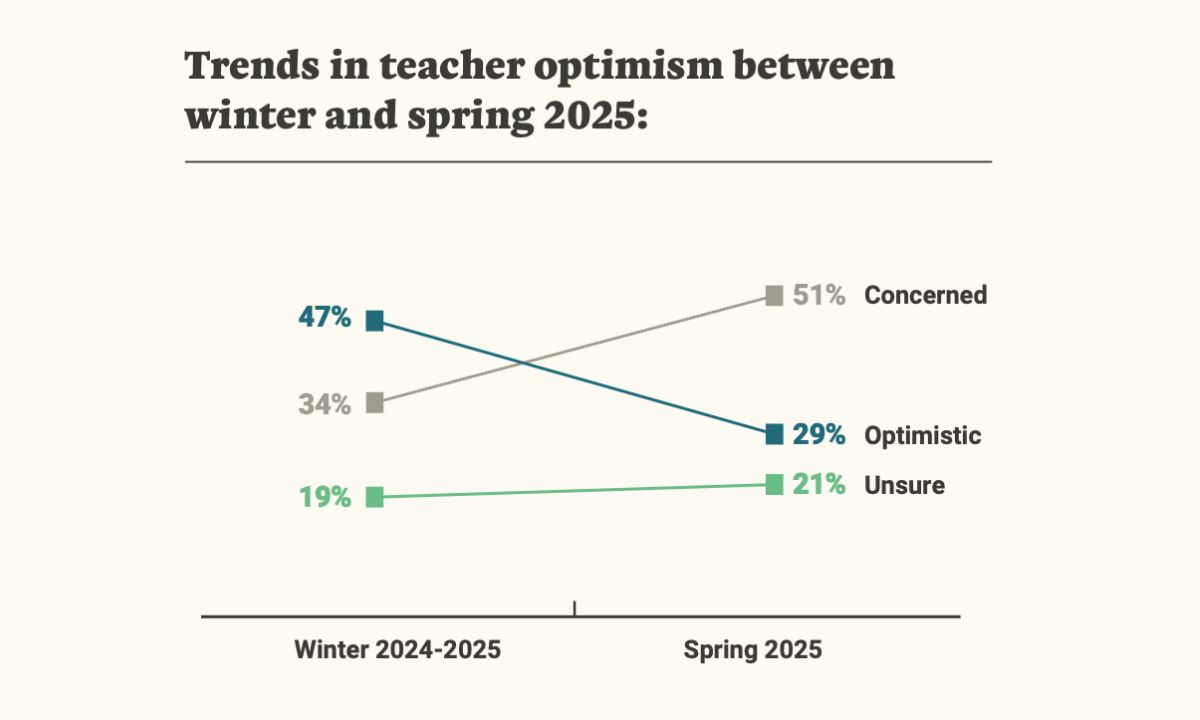All kids, including pupils of color with impairments, benefit from having teachers of color. However, the majority of special education teachers are Caucasian.
According to our most recent study, the demographics of special education teachers are not changing in tandem with the student body.
Less than 20% of teachers of color were employed in public schools in the United States in 2012; approximately 80% of teachers, including those in special education, were white. In contrast, 47% of students with impairments in that same year were kids of color.
We looked at whether these figures have changed in our most recent analysis. We examined several national teacher workforce databases and discovered that, despite the rapidly increasing diversity of the student body, the percentage of special education instructors of color has remained constant.
Therefore, over time, the workforce of special education teachers is actually growing less representative of the student body. In particular, individuals of color made up 17.1% of special education teachers in 2021, up from 16.5% in 2012. The proportion of students with disabilities who are students of color increased from 47.3% in 2012 to 53.9% in 2021 during that same time period.
In reality, schools in the United States would need to increase the number of special education instructors of color in order for the workforce of special education teachers to be reflective of the student body.
As academics who research the hiring, retention, and working conditions of teachers, we are worried that this discrepancy will have an impact on the standard of education that pupils get.
Why does a diverse teacher workforce matter?
According to research, instructors of color are generally more successful than white teachers at giving pupils of color—including those with disabilities—positive educational experiences and results.
According to one study, low-income Black male kids who had a single Black teacher in third, fourth, or fifth grade were 29% more likely to enroll in college and 39% less likely to drop out of high school.
Furthermore, teachers of color may teach white kids equally as well as white teachers, and occasionally even better.
Providing pathways
There are organizations in the US devoted to drawing in and keeping teachers of color: A significant number of new teachers of color are prepared each year by programs at Hispanic-serving institutions, historically Black colleges and universities, and other minority-serving institutions.
Additionally, a lot of neighborhood programs help instructors of color and draw in educators who might not otherwise have the chance to pursue careers in teaching.
These include teacher residency programs that assist schools in keeping teachers of color, scholarships and loan forgiveness programs that support all teachers, including teachers of color, and Grow Your Own initiatives that attract successful teachers of color from nearby areas.
Decreased interest in teaching and fewer students enrolled in teacher preparation programs, however, present significant issues for the American teaching workforce. In this regard, our results suggest that the teacher workforce will probably continue to be dominated by white people at a considerable expense to kids with disabilities unless substantial investments are made.
Anti-DEI movement cuts funding
Although there have always been obstacles, new actions by the Trump administration may make it more difficult to increase teacher diversity.
The government has reduced grant money for initiatives aimed at creating a diverse workforce of educators as part of its drive to terminate diversity, equity, and inclusion programs.
Additionally, the administration has threatened to remove more money for colleges that engage in equity-based work and has slashed millions of dollars allocated to educating teachers to work in underfunded, high-poverty schools.
The teacher workforce is less equipped to handle the significant issues confronting American schools as a result of these federal initiatives, including dwindling interest in teaching and enduring racial inequities in student results.
Supporting aspiring teachers of color should be a top priority for federal and state funding, given the compelling evidence of the advantages of having teachers of color and the national patterns our research revealed.









